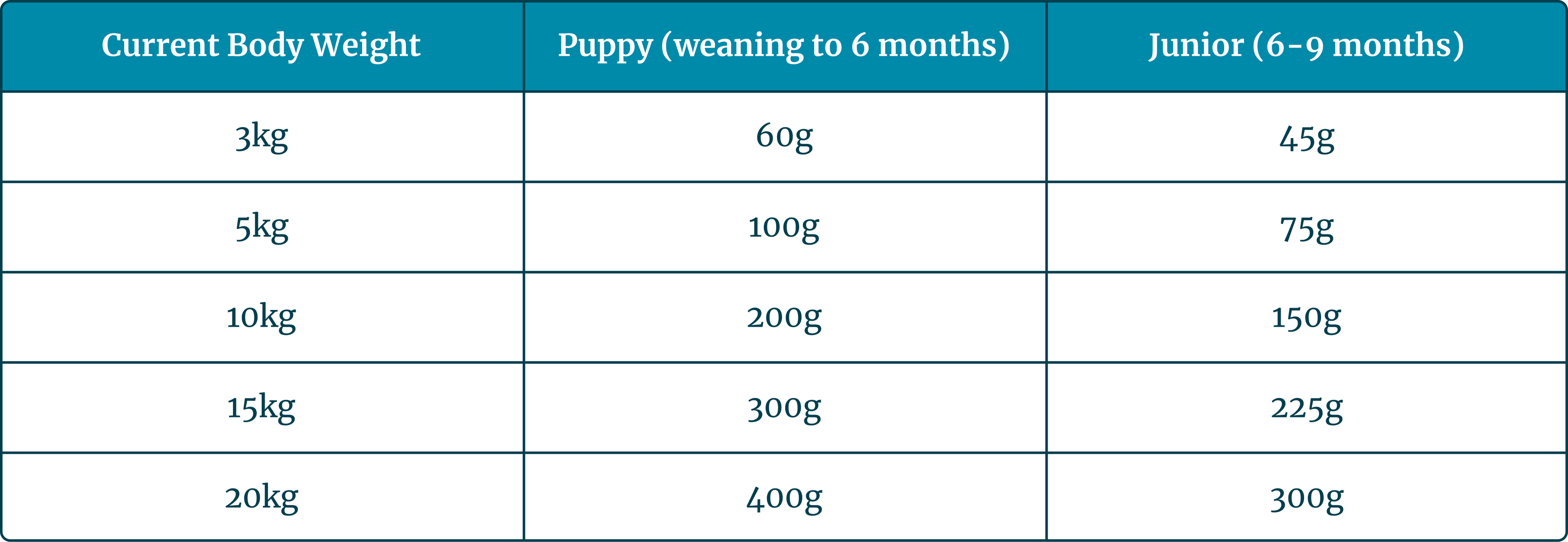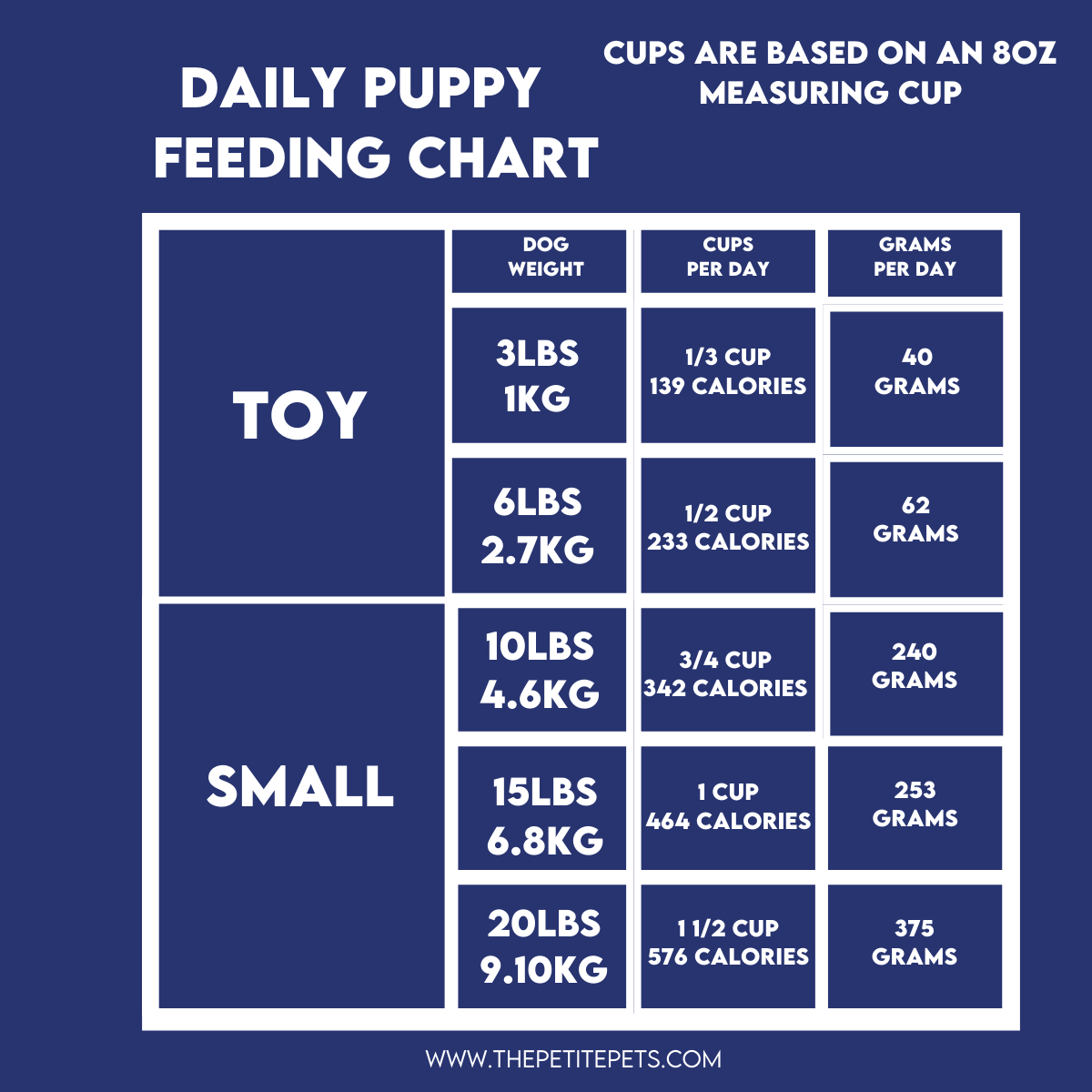Are you unsure about how much food your dog really needs each day? Feeding your dog the right amount is crucial for their health, energy, and happiness.
Too little, and they might feel hungry and weak. Too much, and weight gain or health problems could follow. You want to give your furry friend the best care, but figuring out the perfect portion size can be confusing. Don’t worry—this guide will help you understand exactly how many grams you should feed your dog, so you can keep them healthy and thriving every day.
Keep reading to discover simple, practical tips tailored just for your dog’s needs.
Factors Influencing Dog Food Amount
Determining the right amount of food for your dog depends on several key factors. These factors help ensure your dog stays healthy and energetic. Feeding the correct grams prevents weight problems and supports overall well-being. Understanding these influences guides you to feed your dog properly.
Age And Life Stage
Puppies need more calories for growth and development. Adult dogs require fewer calories to maintain their body. Senior dogs often need less food due to slower metabolism. Each life stage demands a specific food amount for health.
Breed And Size
Small breeds burn energy faster and need less food by weight. Large breeds require more calories for their bigger bodies. Each breed has a unique metabolism rate. Size directly affects how many grams to feed daily.
Activity Level
Active dogs burn more calories and need extra food. Less active dogs require fewer calories to avoid weight gain. Working dogs or those with long walks need more grams. Activity levels vary feeding amounts greatly.
Health Conditions
Some health issues affect a dog’s appetite and digestion. Dogs with certain illnesses may need special diets or restricted portions. Always consider your dog’s health before deciding food quantity. Consult a vet for best feeding advice.
Calculating Daily Food Intake
Calculating the right daily food intake for your dog is important. It helps keep your dog healthy and active. Feeding too much causes weight gain. Feeding too little can lead to health problems. Understanding how to measure food in grams makes feeding easier. Here are some simple ways to calculate daily food amounts.
Using Weight-based Formulas
Start with your dog’s weight. Many pet food brands offer feeding charts based on weight. These charts show grams of food per kilogram or pound of body weight. For example, a dog weighing 10 kg might need about 200 grams daily. This method gives a good starting point. Adjust the amount by watching your dog’s body condition.
Adjusting For Metabolism
Dogs have different metabolisms. Active dogs burn more energy and need extra food. Older or less active dogs require less food. Puppies need more calories per kilogram than adults. Use your dog’s activity level and age to adjust food portions. This helps keep your dog at a healthy weight and energy level.
Portion Sizes For Treats
Treats add extra calories to your dog’s diet. Keep treat portions small. Treats should not exceed 10% of the daily food intake. Measure treats in grams to avoid overfeeding. Choose healthy treats and count them as part of the daily food total.
Choosing The Right Dog Food
Choosing the right dog food is important for your pet’s health. Dogs need balanced nutrition to stay active and strong. The right food helps them grow and prevents illness. Many options exist, so understanding what to pick is key.
Types Of Dog Food
Dry kibble is popular. It is easy to store and feed. Wet food has more moisture and can be tastier. Raw diets include fresh meat and vegetables. Homemade meals let you control ingredients. Each type has benefits and drawbacks. Choose based on your dog’s needs and preferences.
Reading Nutritional Labels
Look for protein first. Dogs need protein for muscles and energy. Check fat content for healthy skin and coat. Carbohydrates provide fuel, but not too much. Vitamins and minerals support body functions. Avoid foods with too many fillers or artificial additives. Labels show what your dog eats daily.
Quality Ingredients
High-quality ingredients mean better nutrition. Meat or fish should be the main component. Whole grains and vegetables add fiber and nutrients. Avoid by-products and fillers like corn or soy. Natural preservatives are safer than artificial ones. Good ingredients help your dog feel good and live longer.

Feeding Schedule Tips
Setting a good feeding schedule helps keep your dog healthy and happy. A steady routine makes digestion easier and controls hunger. It also helps you manage the right amount of food your dog needs.
Here are some simple tips to create a feeding schedule that works well for your dog.
Meal Frequency
Most adult dogs do well with two meals a day. Puppies need more, usually three to four small meals. Older dogs might prefer smaller, more frequent meals. Feeding at the same times each day helps your dog feel secure and expect their food.
Avoiding Overfeeding
Overfeeding can cause weight gain and health problems. Measure your dog’s food with a kitchen scale for accuracy. Stick to the recommended grams based on your dog’s weight and activity. Watch for begging or leftover food and adjust portions if needed.
Hydration Importance
Water is as important as food. Always provide fresh, clean water for your dog. Check water bowls several times a day, especially after meals. Proper hydration supports digestion and keeps your dog energetic.
Monitoring And Adjusting Portions
Feeding your dog the right amount is not a one-time task. You need to watch your dog’s body and behavior. This helps you know if the portions are right or need changes. Careful monitoring keeps your dog healthy and happy.
Tracking Weight Changes
Weigh your dog regularly to see any changes. Use a small scale or visit the vet. Keep a record of the weight to notice trends. Weight gain or loss shows if food amount is correct.
Signs Of Overfeeding Or Underfeeding
Look for signs like your dog feeling tired or gaining weight fast. Thin bones or lack of energy may mean underfeeding. Check your dog’s coat and mood for clues too. These signs help decide if you should adjust portions.
Consulting Your Veterinarian
Your vet is the best guide for feeding advice. Share your dog’s weight and eating habits. The vet can suggest portion changes or special diets. Always ask if you notice unusual health problems or behavior.


Frequently Asked Questions
How Many Grams Of Food Does A Small Dog Need Daily?
Small dogs usually need about 100 to 200 grams of food each day, depending on their weight and activity.
Should I Adjust Dog Food Grams By Age Or Weight?
Yes, puppies and active dogs need more grams, while older or less active dogs require less food.
How To Calculate Grams Of Food For My Dog’s Weight?
Multiply your dog’s weight in kilograms by 30 to 40 grams for daily feeding amounts.
Can Feeding Too Many Grams Harm My Dog?
Feeding too much can cause obesity and health problems, so measure food carefully.
What Factors Affect The Grams Of Dog Food To Feed?
Age, weight, activity level, and health all influence the correct grams to feed your dog.
Conclusion
Feeding your dog the right amount keeps them healthy and happy. Check your dog’s weight and age to decide grams. Adjust the food as your dog grows or changes activity. Always watch for signs of hunger or fullness. Regular vet visits help keep feeding on track.
Balanced meals support your dog’s energy and well-being. Small changes can make a big difference. Careful feeding shows love and keeps tails wagging.
